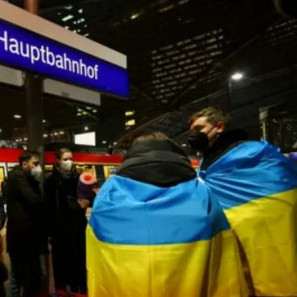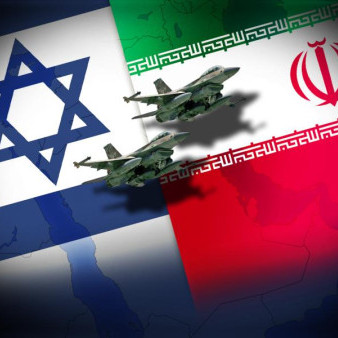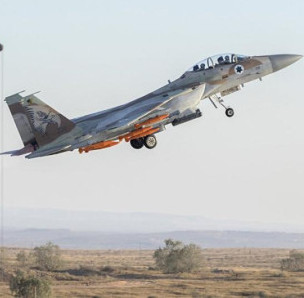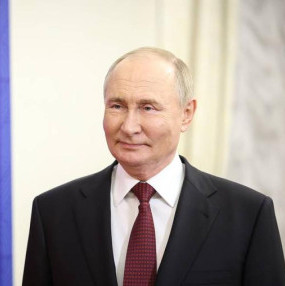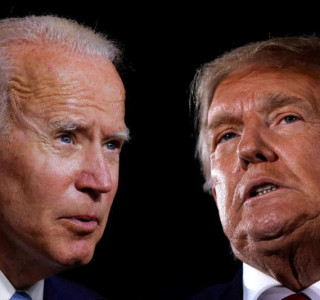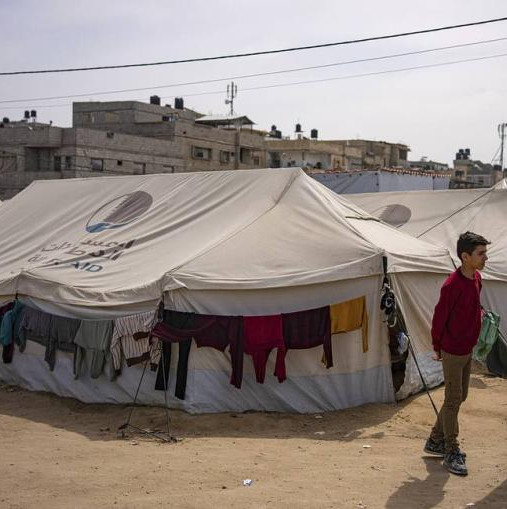Russian Prime Minister Dmitry Medvedev isn’t considered an anti-Western conservative by any stretch of the imagination, yet even this Western-friendly liberal leader understands that the US will never stop sanctioning his country, which says a lot about the awareness that’s pervaded Russian society about the US’ strategic objectives in the New Cold War. He was answering questions from VKontakte users during an innovative outreach event when he said the following:
“I can tell you frankly: they will never remove sanctions on Russia because their policies - at least in the past 100 years - have been based on the continuous use of sanctions against our country, no matter what it is called, the Soviet Union or the Russian Federation. There hasn’t been a single historical period when there were no sanctions at all.”
This is historically correct and speaks to the consistently hostile attitude that the US has displayed towards Russia over the past century, driven in part by its desire to keep its greatest geopolitical rival in check through indirect means. To explain, sanctions are usually misunderstood by the public at large and the media outlets that interpret international policy for them because they aren’t really aimed at inspiring a regime change through the immediate provocation of a Color Revolution like many think.
It’s true that some American officials over the years wrongly claimed that this was the case, but they either did so out of ignorance or as a form of psychological warfare against their targets, which are always the ruling elite of the sanctioned state and not necessarily the civilians themselves despite the latter obviously being “collateral damage” in these “deep state” wars between the two sides’ permanent military, intelligence, and diplomatic bureaucracies.
The driving motivation behind sanctions is to impose unacceptable and growing costs on the targeted country’s leadership in the hopes that they’ll change certain aspects of their domestic and/or foreign policies in response for economic relief for both themselves and their people. That’s why sanctions sometimes only target government officials and their families, or businesses that they’re suspected of being involved in, seeing as how they’re more “personalized” and “specific” than “generalized”.
Other times, however, sectoral sanctions are implemented in order to harm a country’s overall economic development and structurally handicap it from growing at pace with its counterparts, with the end result expectedly being that deteriorating living standards (either directly caused by the sanctions or indirectly by depriving the targeted government of important budgetary revenue from the sanctioned economic sector) might provoke a heightened sense of anti-government sentiment among the people.
Theoretically speaking, this could set the stage for an eventual Color Revolution, one which might be peaceful or violent. The first-mentioned succeeds if members of the elite (and specifically those in the military-intelligence and law enforcement spheres) are co-opted to join in the regime change movement, while the latter sees protesters attacking security officials in order to create the conditions for a forceful crackdown that could then be manipulated to “inspire” an anti-state insurgency.
As such, it should therefore be understood that sanctions are flexible, multifaceted, indirect tools of Hybrid Warfare that are wielded at will by the US for various purposes, though of course with differing degrees of success dependent on a wide array of domestic, international, political, economic, and other factors. Returning back to the Russian case study, one can make a few observations about the objectives that the US intends to pursue against its traditional geopolitical rival.
Everything of relevance to Russia nowadays must be seen through the perspective of PP24 (Post-Putin 2024), or in other words, the influence that it will have on the country in the impending post-Putin era. With this in mind, the US is trying to hold Russia’s economic development back so that it can both deprive it of much-needed resource-exporting revenue for funding the “Great Society” program of socio-economic redevelopment and to make it seem like the country’s growth has “stalled”.
The keyword to focus on in the second-mentioned part is “seem”, since Russia is still growing but the US is trying to craft the perception among the targeted Russian public that this isn’t the case, taking advantage of development asymmetries across the country to plant the seeds of dissent in many people’s minds. The anticipated long-term goal is to eventually influence the 2024 electoral process so that President Putin’s preferred “successor” and/or the United Russia candidate underperform.
That’s not to say that either of them will lose, nor to argue that this strategy is realistic or sound, but just to draw attention to what the US might be aiming to achieve through its anti-Russian sanctions regime. It can actually be said that the very purpose of any sanctions anywhere across the world as implemented by any government is to “meddle” in the domestic affairs of the targeted country (despite few being willing to admit this), and that’s also the case in this instance too.
Nevertheless, for all of their “imperfections”, President Putin and his United Russia party are still wildly popular in the country, and Russian culture is such that the people traditionally have an affinity for continuity and stability instead of supporting sudden, radical, anti-systemic change. This “inconvenient fact” means that the deck is stacked against the US as it tries to “meddle” in Russia’s upcoming “leadership transition” via sanctions, so it’ll probably fail to achieve much of what it seeks to do.
DISCLAIMER: The author writes for this publication in a private capacity which is unrepresentative of anyone or any organization except for his own personal views. Nothing written by the author should ever be conflated with the editorial views or official positions of any other media outlet or institution.
